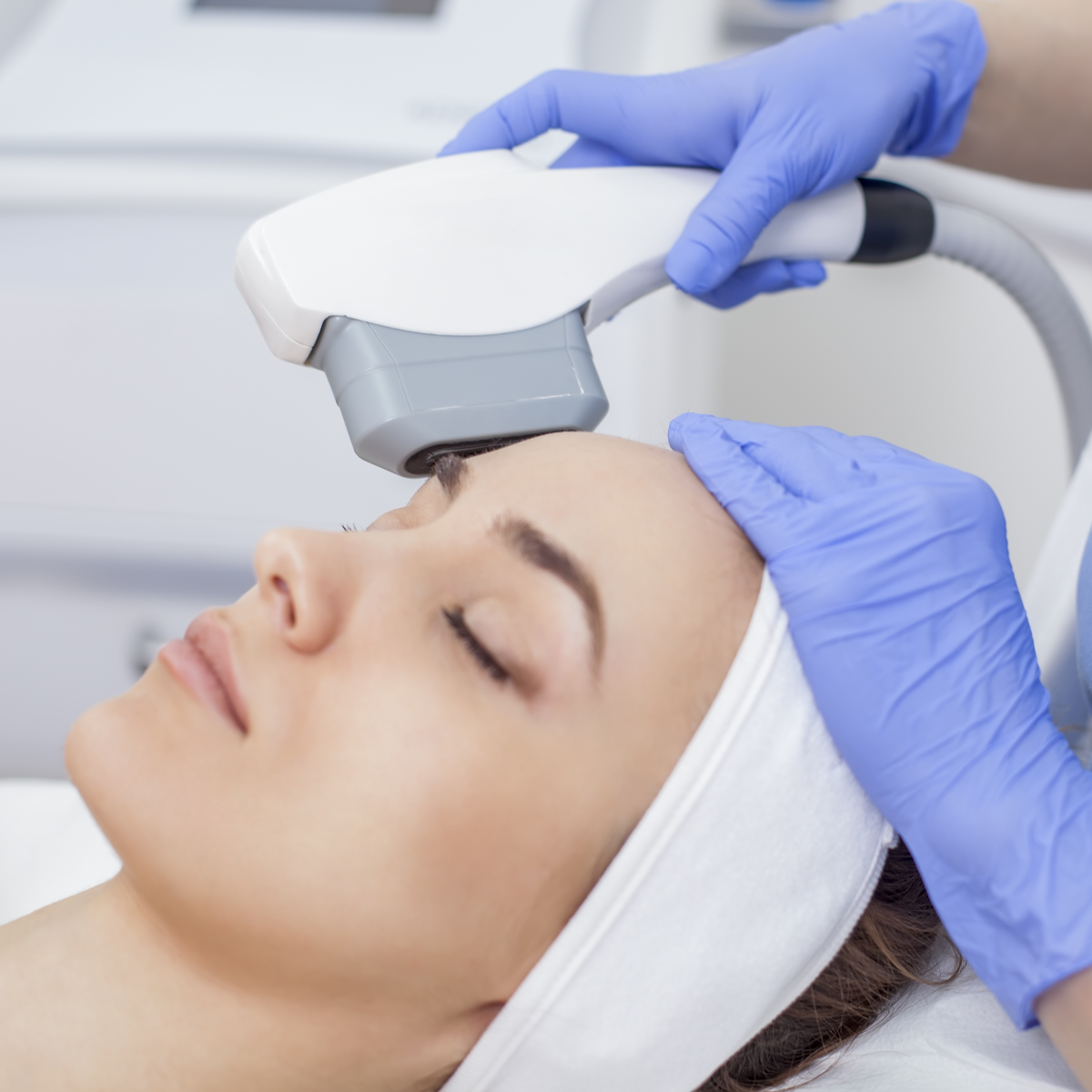
Treat Uneven Pigmentation with Profractional Laser Treatment
By Beverly Fischer on March 31, 2017
Laser Resurfacing Back to Blog
Back to Blog


Hyperpigmentation is caused by an overproduction of the pigment melanin that is spread unevenly throughout the skin. The dark spots and patches that develop give the person an uneven skin tone and make them look significantly older.
What Causes the Overproduction of Melanin?
Hyper-pigmentation has several causes. Repeated and prolonged exposure to the sun causes the skin to increase the production of melanin in order to protect itself. Uneven skin tone and brown spots are a common result.
Hormonal imbalances can also cause hyper-pigmentation. For example, many pregnant women develop a condition called melasma, or the “mask of pregnancy,” in which they develop patches of dark skin on their face. Contraceptives, medications and some cosmetics can also affect a woman’s skin. Other causes of hyper-pigmentation include scars and exposure to some pollutants.
{{cta(‘94856f67-cb81-43b3-a201-5544c37f9648’)}}
What is a Fractional Laser?
A fractional laser sends microscopic columns of light deep into the skin. As the name suggests, it affects “fractions” of the skin while leaving the surrounded area untouched. It also stimulates collagen production, so the skin becomes tauter and more youthful-looking. Fractional lasers can be used to treat uneven skin tone, acne scars, enlarged pores and wrinkles.
Unlike other lasers, fractional lasers do not remove entire layers of skin. They therefore cause fewer side effects and have a shorter recovery time. They can also be used to treat more parts of the body than other lasers.
What is a Profractional Laser?
A profractional laser is a type of fractional laser. The laser produces beams with a diameter of 250 µm or 0.25 mm. The laser’s controls enable the beams to cover anywhere from 1.5 to 30 percent of the treatment area. Similarly, the beams can be adjusted to penetrate anywhere from 25 µm to 1500 µm into the skin. It can therefore penetrate just the epidermis or go deep into the dermis.
What Does the Treatment Involve?
The procedure generally lasts about 15 to 30 minutes. Patients usually need a series of treatment sessions to get the desired results, and the sessions are generally spaced about a month apart. However, this varies from patient to patient.
Who is a Good Candidate for the Profractional Laser?
The ideal candidate will be someone in good health that has realistic expectations. They understand that the treatment can help with some uneven pigmentation, but that it won’t completely change what they look like.
To see if you are a candidate for profractional laser treatment, talk to the team of professionals at the Advanced Center for Plastic Surgery in Timonium, MD. Contact us today to schedule your consultation!
Dr. Beverly A. Fischer is passionate about her role as a leading female plastic and cosmetic surgeon in Baltimore, Maryland and beyond. She believes that plastic surgery makes a positive, life-changing difference, whether you’re renewing your body, face, and skin or embarking on an entire gender transition.
Reach out
We are happy to answer any questions you have. Use the form to request a consultation or more information about specific services. A member of our team will will contact you shortly.
Contact Us


